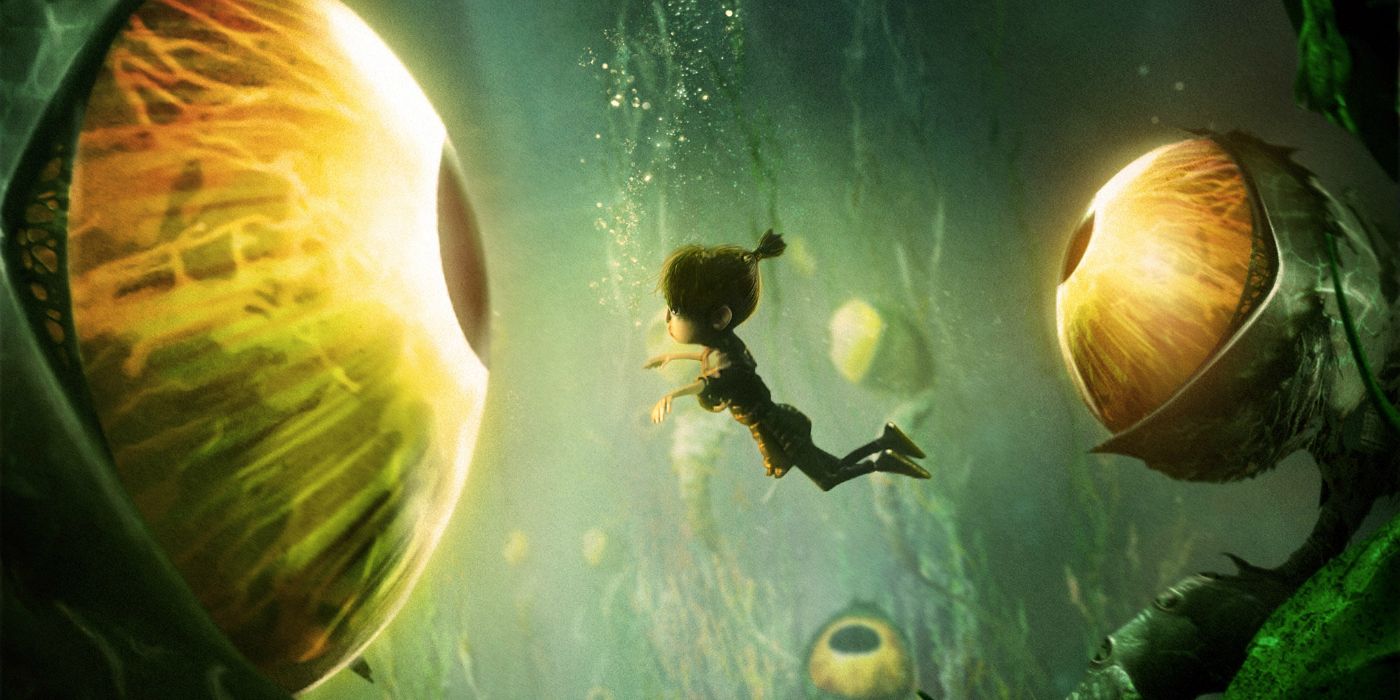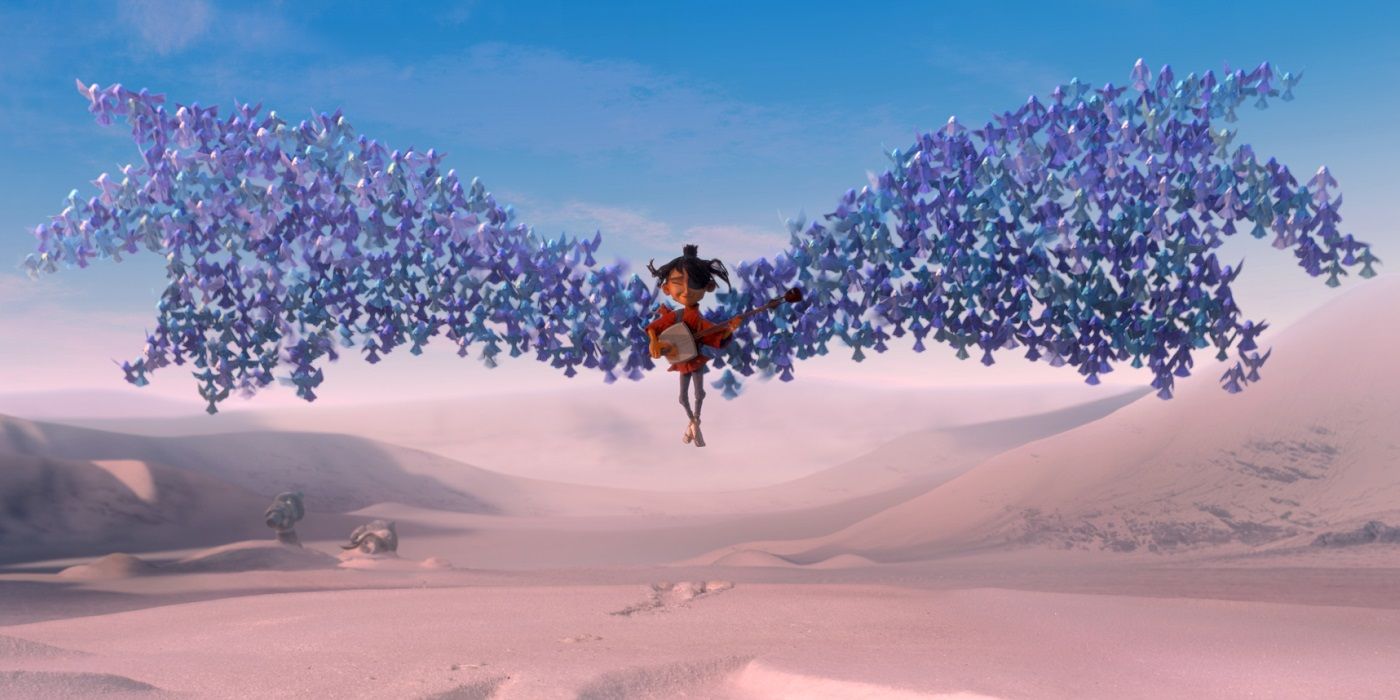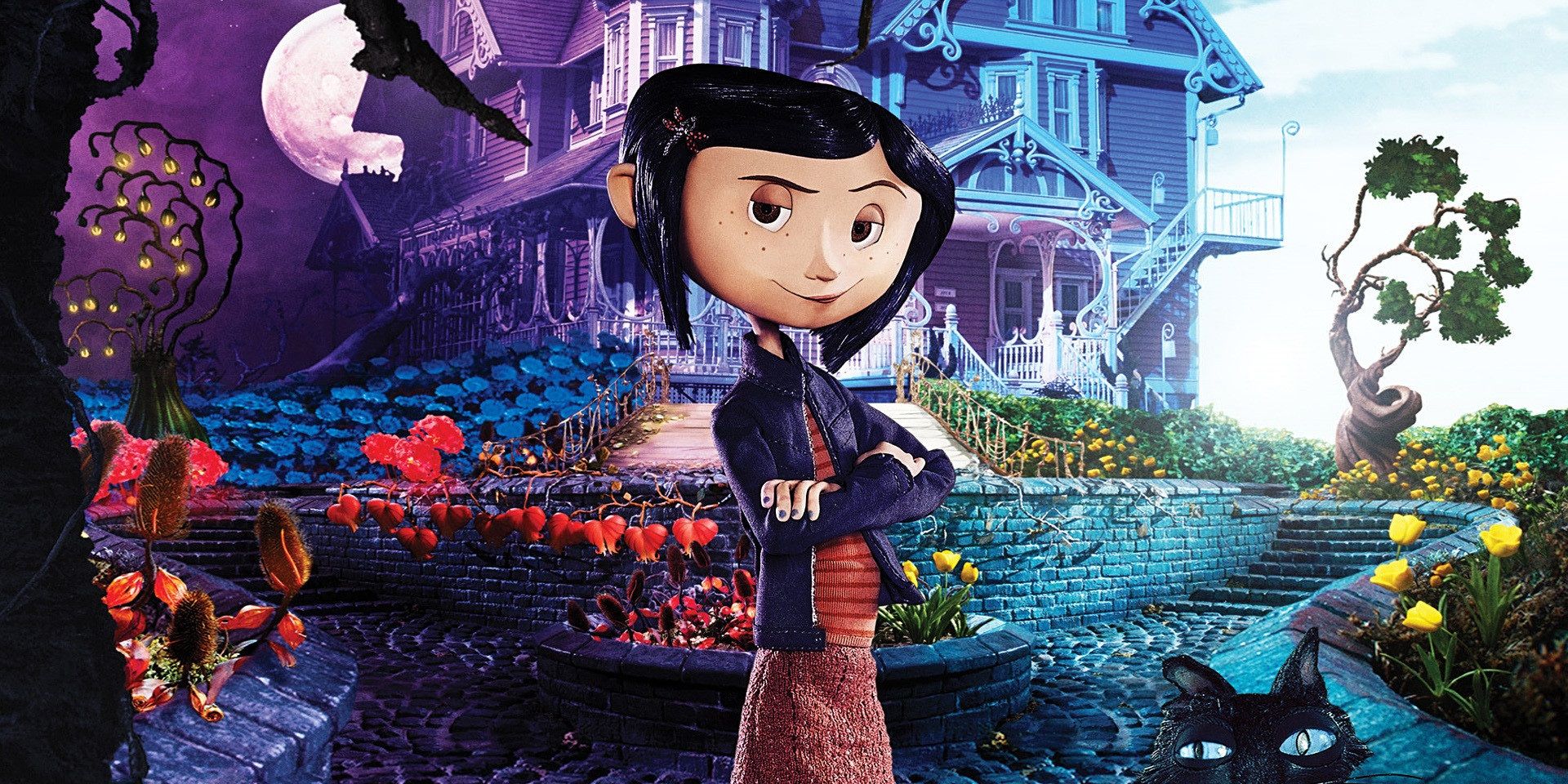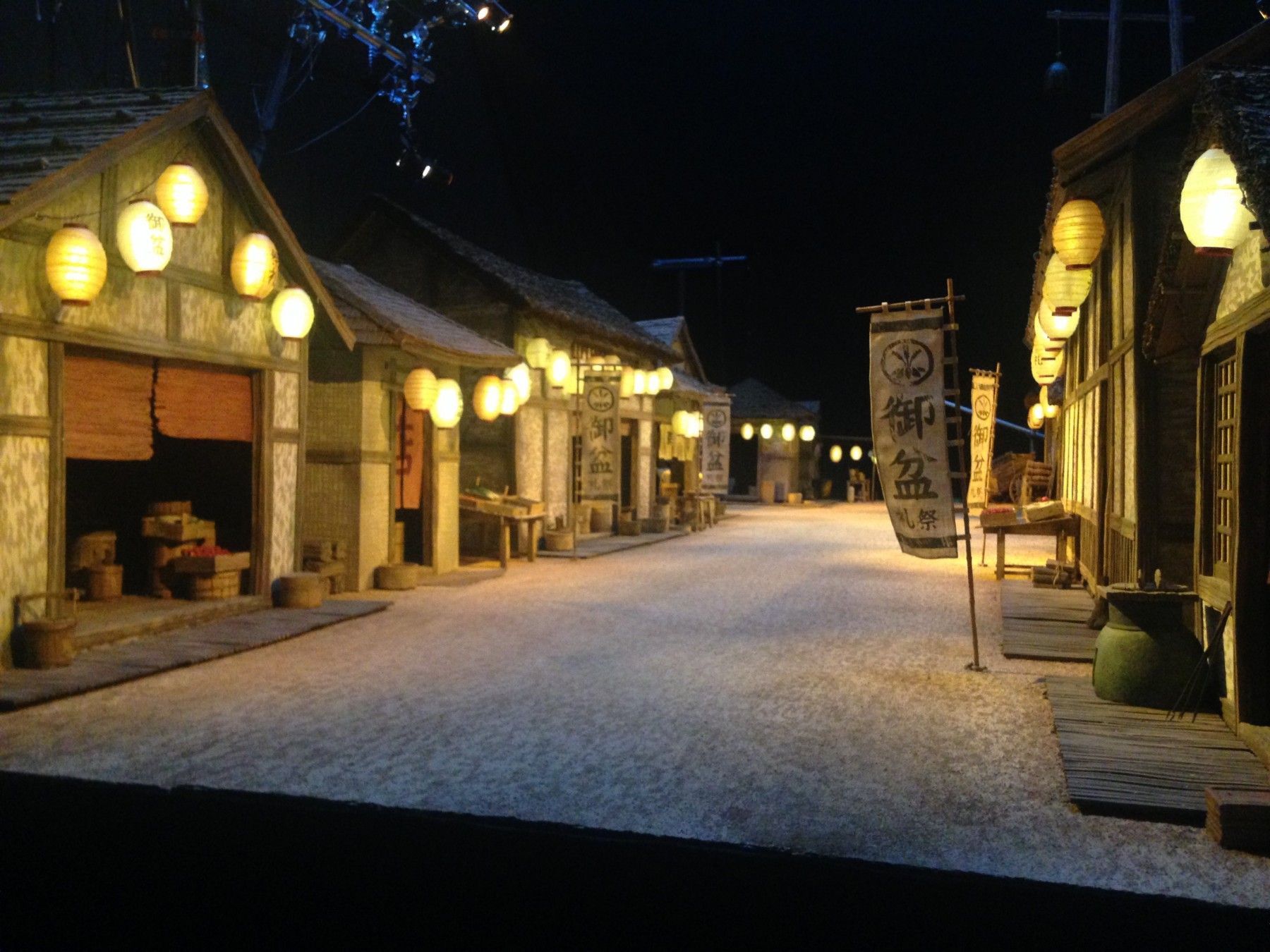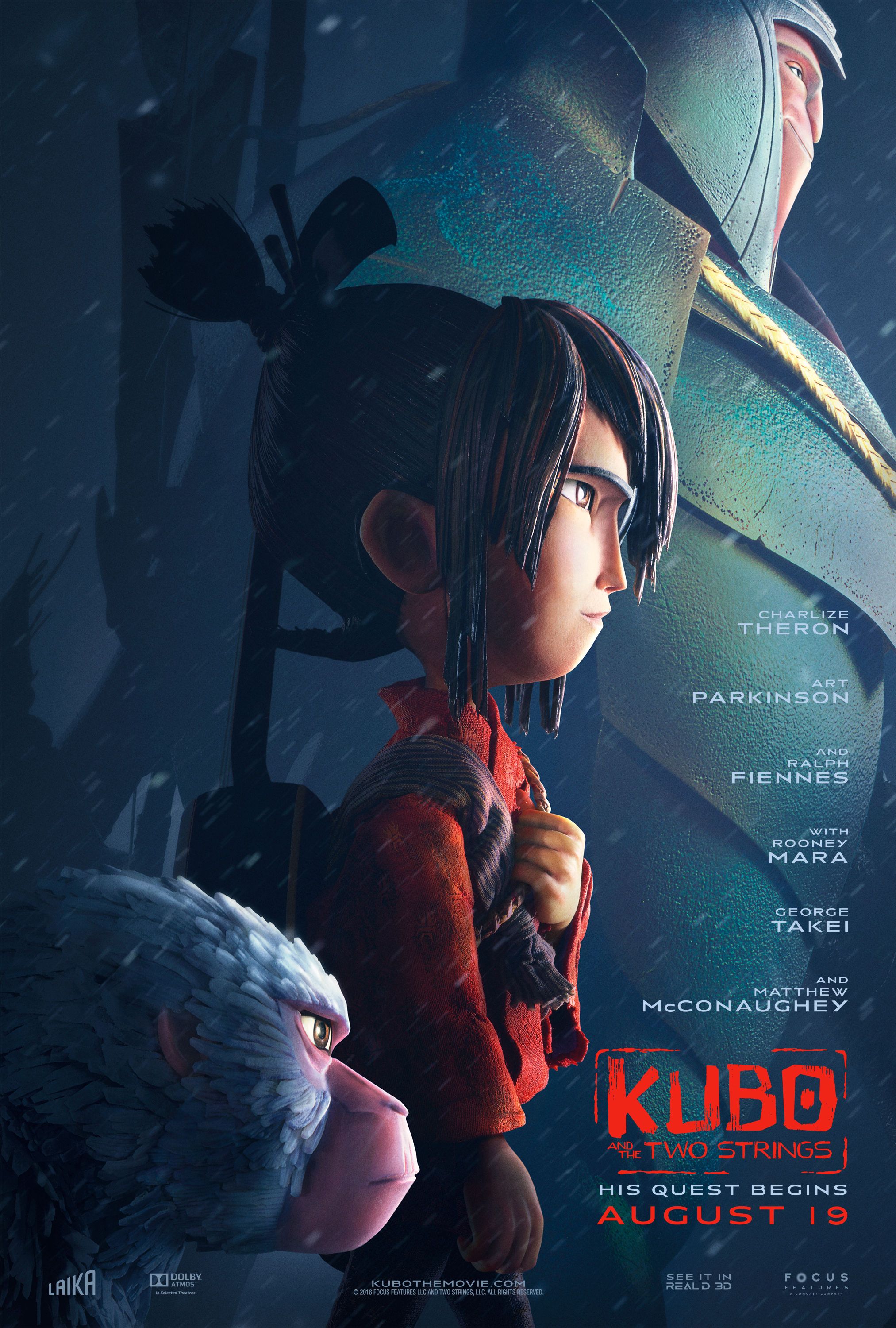In a large warehouse 40 minutes outside of Portland, Oregon, animators and innovators are making miniature masterpieces. On June 8, 2016 we had the pleasure of journeying with several other online film journalists to LAIKA Studios, a stop-motion production company at the head of their craft.
LAIKA was founded in 2005, when Nike chairman Phil Knight bought the struggling animation house Will Vinton Studios. The decade-old company has already produced three award-nominated features: Coraline (2009), ParaNorman (2012), and The Boxtrolls (2014). Under the sure-handed guidance of CEO Travis Knight (son of Phil and former Vinton animator), LAIKA is certainly destined for greatness. Their latest film, Kubo and the Two Strings releases in theaters August, 19, 2016.
Though working at LAIKA may carry the same prestige as working at animation titans Pixar and DreamWorks, the job description and perks are vastly different. Firstly, LAIKA is secluded, far away from the hustle and bustle of Los Angeles or San Francisco, and a significant drive from the big city in Oregon as well. An unaware tourist could easily drive past their building without a second glance; there is no sign to point you in, no giant statue of a titular character to welcome visitors. However, once inside, LAIKA was instantly inviting, a company where storytellers at all levels sung praises of the work they do there.
And the work they do at LAIKA is nothing short of astonishing. Because LAIKA isn’t an animation studio with rooms filled entirely with computers where characters are drawn and seen only on a screen; nearly every character, set, and prop the audience sees in theaters is tangible and real.
LAIKA has perfected their form of stop-motion animation, combining computer generated elements with fully-realized puppets and miniaturized sets. Each character is lovingly designed: first drawn, then 3D-printed in order to achieve the unique fantastical style for which LAIKA is known. And though we might say they have perfected stop-motion, LAIKA believes you can always strive to do better.
Our tour largely concerned elements of Kubo and the Two Strings, and details regarding the upcoming film can be found here. In addition to specifics about Kubo, the animators and producers at LAIKA generously offered a behind-the-scenes look at how a stop-motion feature is made from initial conception to final product. Let’s take a look.
Like all animated movies, LAIKA begins with a concept, written or drawn. This idea is fleshed-out into a script (of which there are likely numerous drafts) and later storyboards and animatic. These drawings offer the animators a visual guide to the story from which to base their own work. Pre-production can be lengthy; LAIKA spent five years on Kubo before rolling the cameras.
Filming cannot begin until each character and set is built. LAIKA has a team of 65 designers and craftspeople led by the Creative Supervisor, (on Kubo, Georgina Hayes). Hayes’ department is extensive and even includes a costume designer, an irregular position on an animated film. Just a glance at the characters reveals how necessary each craftsperson is; the detail on the (on average) 9 ½ inch figures is awe-inspiring. Researchers pile through thousands of pages of history to find the perfect outfit and aesthetic for each character. Next a maquette is made, based on the 2D concept drawings - which serve as a template for additional movable puppets. Each puppet contains an armature, or skeleton, allowing the animators to adjust arms and legs and position the character in nearly unlimited ways. Interestingly, the majority of the metals, fabrics, and plastics needed to create all of LAIKA’s wonderful sets and characters are made around the Portland area; this speaks to the company’s embodiment of the idea of a creative community.
Processes like laser etching and vinyl pressing allow a profound level of detail to be present on the costumes, from stitching patterns to the ability to bend and hold the fabric in certain areas, creating an illusion of movement between shots.
When it comes to stop motion, facial expression has always been one of the most painstaking design elements, and this is where LAIKA excels. The studio was a recent recipient of the Scientific and Technical Oscar for their progress in the field, using 3D printing to its full potential. The rapid prototyping department both researches and models the character faces with a team of approximately 70. They operate on the exterior of the face and the complicated, though rarely seen interior.
A main character, such as ParaNorman’s Norman has a face made up of around 78 individual pieces, of which the audience only ever sees four. This includes an eye and eyebrow rig, allowing the animator total control of eye movement, from the pupil to the brows.
Each character piece is printed using advanced techniques pioneered at the company. On early efforts, LAIKA searched for a happy medium between printing consistency and quality. For Coraline, a plastic printer was used that offered simplistic and repeatable designs, but required craftspeople to hand-paint the faces. On their sophomore effort, the studio switched to a color powder printer, allowing a better range of hues, but sacrificing the sturdiness of the older prints for wet-chalk fragility.
LAIKA revolves around a core principle to innovate the technology to fit the means of the story. On Kubo, they worked with Stratasys, a 3D printer manufacturer, to develop the software needed to make both consistent and detailed characters. Their gamble paid off: the facial designs for their latest film are endlessly expressive and charmingly vibrant. However, the process to make them is still grueling: 24 facial expressions are needed per second, amounting to approximately 60 hours of printing time. For a feature film, that totals to around a year and half of just printing!
In order to achieve the fantastical-realism LAIKA is known for, this high level of expression is necessary. Though the detail is lesser for background and secondary characters, the protagonist of Kubo has 66,000 face pieces, or a total of nearly 48 million possible facial expressions.
LAIKA isn’t just making progress when it comes to faces; they’re also leading the way in stop motion set design. Every interior set at their studio is built to be around 43 ½ inches high, the ideal height for your average animator to stand and move around the various stop-motion puppets. Space is the only factor that limits LAIKA, never their imagination.
Their large studio is divided into many sections, each housing a miniaturized set equally impressive, and perhaps more stunning, than a Hollywood blockbuster’s best. And while what we saw was incredible, LAIKA wishes they could have more: space, budget, and time.
To compromise, elements of their films incorporate CGI. While at any given time, there is not a single shot in Kubo without some practical element (be it puppet or scenery), CG can be handily used to hide rigs and wires, and add background elements. For example on Kubo, a particular set (like the one pictured below) would have been built too high for the shot, so post-production took care to add an additional rooftop to the final product.
The film also features a significant amount of water, which is near impossible to animate convincingly in stop-motion. Rather than take the viewer out of the experience with “pure” stop-motion particle and wave effects, LAIKA combined a wire grid covered in fabric and lit and animated to give the appearance of waves with their own digital water system. This marrying of computer technology and traditional puppeteering gives LAIKA unlimited creative breathing room.
After every puppet and set is built, filming begins (years into the process). Each animator on the 20-25 person team is “cast” for a specific set, working with a team of camera and lighting operators to capture the puppets’ performances. Knight described his animating team as “actors” that truly bring the characters to life.
When it comes to capturing the miniaturized actions, LAIKA continues to work on the small scale. Their camera rig is a simple Canon 5D, largely due to the fact that they simply shoot still frames. No sound is recorded, a video is never recorded. Through the magic of editing, LAIKA is able to give the individual single frame shots movement. However, because each of their films is released in 3D, LAIKA must capture each shot twice: once for the right eye, once for the left.
Though LAIKA leads the way in advancing stop motion techniques, the process is still a long one. A 40 second shot can take approximately 3 months to film, and with a quota of 4.3 seconds per animator per week, capturing an hour worth of footage can take over a year.
But LAIKA is constantly searching for solutions to make their craft easier and more impressive. CEO and director of Kubo and the Two Strings, Travis Knight said in an interview “we didn’t know how we were going to do half of those things [techniques used in Kubo]… solutions come from unexpected places.” The workers at LAIKA are not just animators and designers; they are futurists, constantly striving to perfect the way they tell stories.
NEXT: Kubo and the Two Strings Set Visit Report
Kubo and the Two Strings opens in U.S. theaters on August 19th, 2016.

